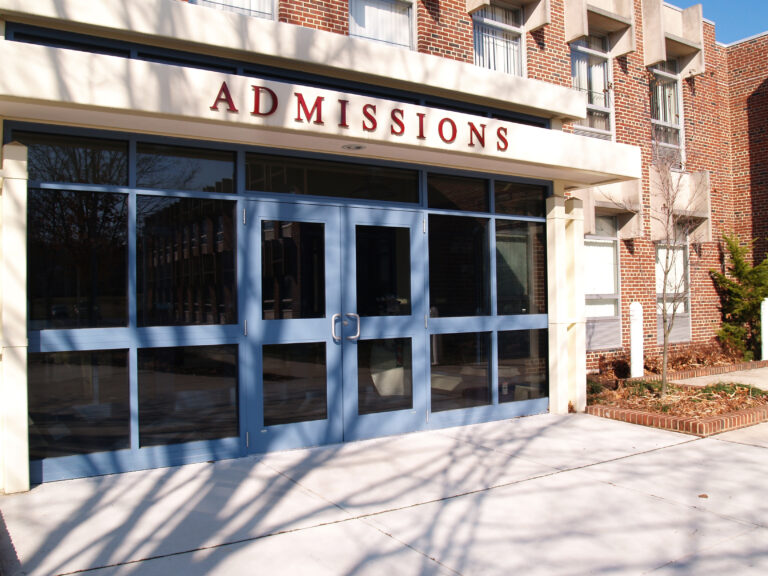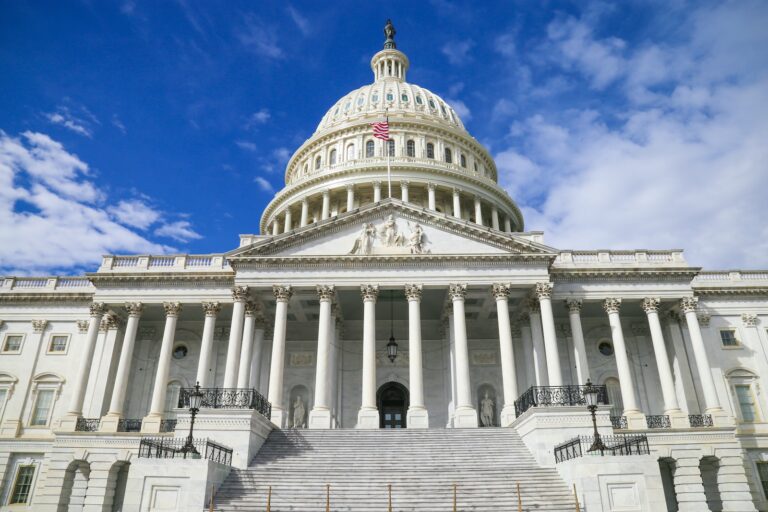In recent months, a growing number of U.S. colleges and universities (including the University of Wisconsin system, the vast majority of Georgia’s technical and USG institutions, and participating schools in Indiana and Minnesota) have announced new enrollment initiatives with the goal of casting a wider net, and attracting a more diverse – and talented – student body.
Rather than wait for students to apply, schools with so-called “direct admissions” policies proactively reach out to students who are academically qualified with an admissions offer. Proponents believe this novel approach more effectively connects students with colleges where they’re academically qualified, but may otherwise not apply due to burdensome application processes or fear of rejection.
On its surface, these direct admissions initiatives bear a resemblance to guaranteed admissions programs, which have been around since the ‘90s. The best-known of these is probably the “Top 10%” policy established in Texas in 1997, which guaranteed Texas high school students in the top 10% of their class admissions into University of Texas and Texas A&M system schools, including flagship institutions. This policy is still in place today, with a slight modification enabling UT Austin to admit students in just the top 6% of their graduating class.
Guaranteed admissions has been adopted widely since. Such programs have been proven to help combat undermatching (the phenomenon in which high-achieving, low-income students shy away from applying to rigorous or selective colleges), and may help reduce friction in the community college transfer process: according to research by the Annenberg Institute at Brown University, guaranteed admissions policies increased high-GPA community college graduates’ transfer rates to highly-selective colleges by 30%.
Where direct admissions differs from guaranteed admissions is in terms of how proactively the institution reaches out to the applicant. In guaranteed admissions programs, eligible students must still submit an application just as they normally would. Under a direct admissions policy, though, institutions reach out to students with an admissions offer after identifying them as qualified applicants based on a short profile (e.g., their Common App account). This offer allows the student to completely bypass some aspects of the college application process that have been shown to create barriers to applying, including application fees and writing essays.
Is Direct Admission Working?
According to a recently released study of 32,000 high school students by Jennifer Delaney of the University of Illinois and Taylor Odle of the University of Wisconsin-Madison in partnership with Common App, students who received direct admissions offers were 12% more likely to submit an application to any college. Those students were also twice as likely to complete their application to the college that offered them direct admissions, indicating their intent to “‘claim their place,’” in the words of the study’s authors.
This study and previous studies from the Common App suggest that low-income, first-generation, and underrepresented minority applicants are most positively impacted by these offers; students reported “boosts of confidence” and feeling excited about their futures after receiving a direct admissions offer.
“Higher education, and the promise of a college degree, are not scarce resources — but our current admission process makes it seem like they are. At a time when the majority of colleges admit at least two-thirds of all applicants, we see direct admissions programs as a critical part of higher education’s equity imperative,” said Jenny Rickard, President and CEO of the Common App. “Colleges have not just an opportunity, but a responsibility, to play a more active role in reaching out to qualified students, and in doing so, creating a smoother and clearer path to success in higher ed and beyond.”
Although direct and guaranteed admissions programs have had a positive impact on admissions, their effect on enrollment is less clear. Based on a comparison of application data to enrollment results from the National Student Clearinghouse, researchers affiliated with the Common App determined that students who received a direct admissions offer enrolled at similar rates as those students who did not (about 86% of all students in the sample enrolled into college within one year of graduating from high school).
Financial Barriers Remain
The admissions-enrollment gap that often persists, despite the promise of direct admissions programs, may stem from the fact that affordability remains a top concern for students. According to a survey of 12,000 U.S. adults by Gallup and the Lumina Foundation, 55% of respondents cited cost as a “very important” reason why they’re not in college. The same poll found that college costs are one of the top three factors (alongside emotional stress and mental health) driving students to withdraw from college once enrolled.
“Programs like direct admissions have a powerful role to play in helping students understand and take advantage of the higher education opportunities available to them. But unless we’re also addressing the issue of cost, they can only take us so far,” said Mike Nylund, President and CEO of Scholarship America. “It’s exciting to see the progress of some of these direct admissions pilots and there’s lots of reason for optimism. The next mountain to climb is to bring this same creativity and energy to the financial aid and scholarships landscape — so we can ensure that students who are admitted through innovative models like these have the support and resources to enroll, thrive, persist, and graduate.”




